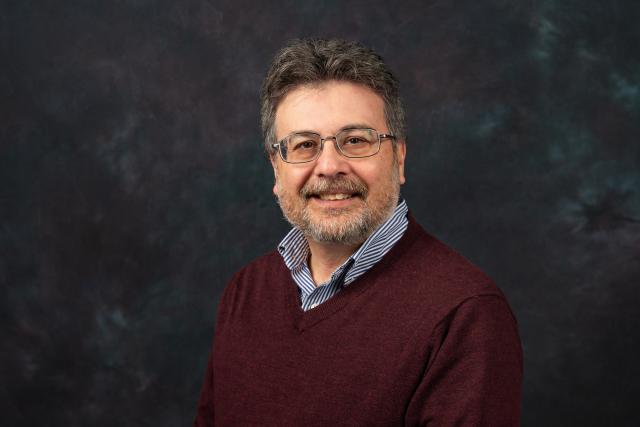Kean Q&A with Christopher M. Bellitto, Ph.D., on Church History, Papal Elections and Change

Dr. Christopher M. Bellitto, professor of history at Kean University, is one of the foremost voices on the history of the Catholic Church and the papacy.
As one of the foremost voices on the history of the Catholic Church and the papacy, Dr. Christopher M. Bellitto, professor of history at Kean University, has been widely featured in national and international media. He offers essential context at pivotal moments in Church history and, with the recent passing of the pope and the anticipation of new leadership, we asked Dr. Bellitto to share his reflections and insights on this historic transition.
What key insights do you feel are most important for the public to understand as the Church prepares to enter a new chapter?
The only constant in church history is change. That may sound strange for an institution typically called “tradition-bound,” but many of its traditions aren’t necessarily that old. For example, the Church is 2,000 years old, but the conclave – a key part of electing a pope - has only existed since 1274, which is less than half the church’s life.
The white smoke that signals a successful papal election is even more recent. It originated around 200 years ago during the Napoleonic Era. At the time, cardinals began burning their ballots and notes to keep political leaders—especially Napoleon, who had imprisoned two popes—from discovering how they voted. That smoke eventually became the public signal we recognize today.
How do you approach the responsibility of translating centuries of Church history into accessible analysis for general audiences?
All of my teacher-scholar colleagues in the Kean history department, and many across other departments, see themselves as public scholars. What does that mean? It means we’re always asking the question the great Jesuit historian John O’Malley encouraged us to ask: “So what?”
I aim to explain where a particular piece of history comes from, using my teacher’s voice, but I also want to explore why that history matters and why it’s relevant to our lives today.
As the Church prepares for its next leader, what insights from history can help the public better understand this time of transition? What lessons might we take from history as the world watches this new chapter unfold?
Expect the unexpected. This is shaping up to be a particularly wide-open, wild card election. Historically, the saying “he who goes into the conclave as pope comes out as a cardinal” has held true, meaning frontrunners rarely win.
Only in 1963 did the clear frontrunner, Milan’s Cardinal Montini, emerge as Pope Paul VI. But surprises have defined recent history. Who could have predicted that in 1978, after 455 years of Italian popes, we would see the election of a Polish pope? Or that in 2013, the Church would elect its first Latin American pope?
What’s one thing you wish more people knew about the papacy or the Catholic Church’s history?
It’s far more complex than people think. As the great papal historian Eamon Duffy noted in the title of his book, the papacy has seen both saints and sinners occupy the throne. What’s more, the papacy hasn’t always held the global significance it does today. Until 1900, most Catholics didn’t even know the pope’s name, let alone what he looked like.